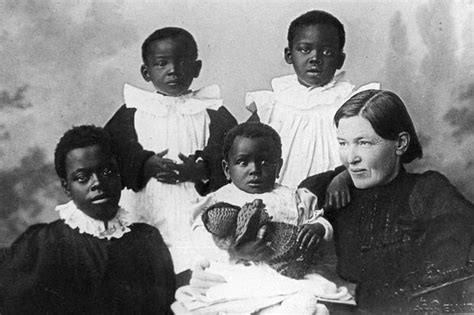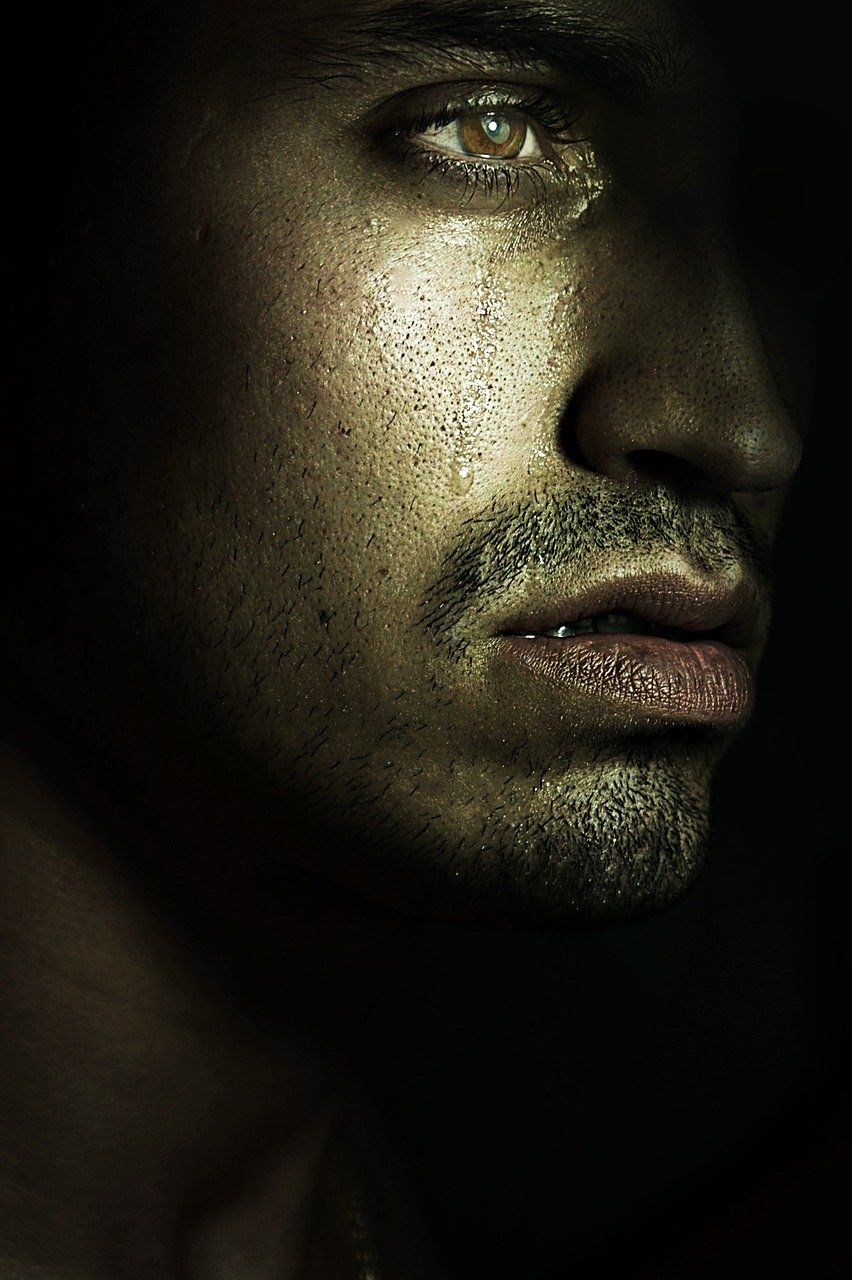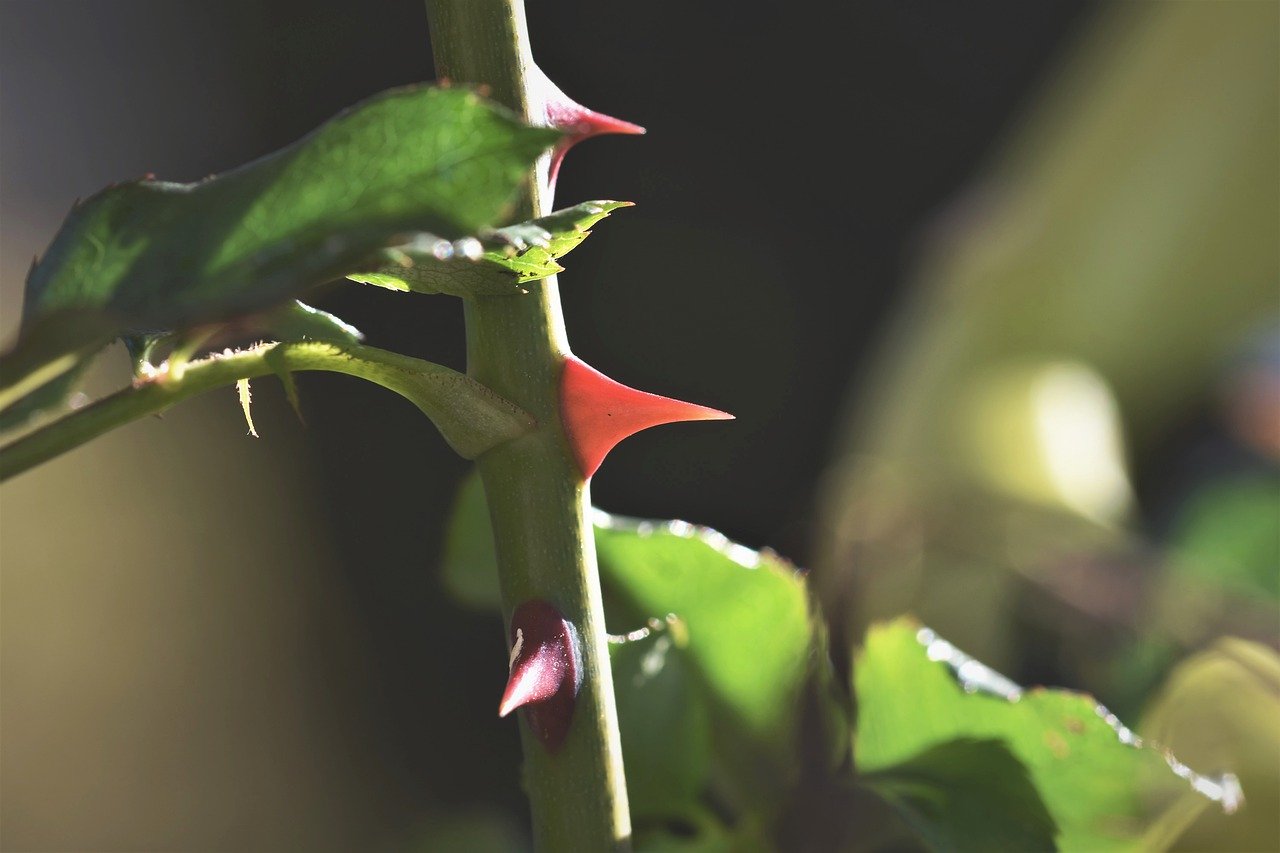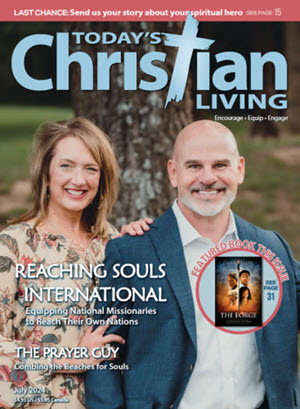Before my senior year of college, I had the rare opportunity to spend a summer in Cross River State, Nigeria. I was part of a small team of students who were there to do service projects for local churches. We worked Monday through Friday, but on Saturdays we went on adventures to learn about local history and culture.
One trip took us to the Mary Slessor Hospital in Itu, a place where free medical care was available to all who came through the doors. When I was there, nearly forty years ago, the hospital staff was still caring for people in the community. If has since fallen into disuse and disrepair – but Mary Slessor’s legacy lives on.
Mary’s childhood was riddled with trouble. When her alcoholic father lost his job, Mary went to work at the mill. She was just eleven years old. He would often abuse Mary’s mother, a godly woman, and kick Mary out onto the streets for days at a time.
Perhaps that’s why she had a knack for getting into mischief until an elderly woman explained hell’s eternal torment waiting for those who didn’t know Jesus as their Lord and Savior. Mary brought her broken life to God and submitted his lordship.
Working from 6 am to 6 pm at the mill didn’t leave time for Mary to get a formal education, so she taught herself to read when she was fourteen years old. She devoured the Missionary Record magazines her mother brought home from the Presbyterian church. David Livingstone quickly became her hero and when he died, she decided she would take his place. She knew God was calling her to missionary service in Africa.
When Mary appeared before the mission board in 1875, she was willing to go anywhere they needed her. She was thrilled when they sent her to Calabar. Few outsiders returned from the region, but Mary was undaunted.
A true pioneer, she was not content to work from the established mission in Duke town. She learned Efik, the local language, and ventured to places where people had never heard the name of Jesus. Against the advice of a local chief. Determined to reach the Okoyong tribe, she traded her traditional Scottish clothing for the traditional clothing local women wore.
“Christ sent me to preach the gospel and he will look after the results.”
The Okoyong people were enslaved by evil. They killed all twins, believing the carried seeds of evil spirits. A wife was killed when her husband died so she could serve him in the afterlife. Violent brawls broke out incessantly. Mary began to rescue abandoned babies, raising the children as her own. She introduced trade to the tribe, opening the doors to good relationships with other tribes – which was instrumental in the Okoyongs’ openness to the gospel message. She started negotiating disputes and was eventually appointed tribal judge.
Once again against the advice of the local chief, Mary moved on – this time to the Azo people, a cannibalistic tribe. Though they were initially unreceptive to the good news of Christ’s sacrificial love, over time a whole village decided to follow the one, true God.
Over her nearly forty years of ministry, “Ma” Slessor fell ill several times. Each time she traveled to Scotland to recovered, then returned to her adopted home and ministry. Shortly after the onset of World War I, Mary fell ill the final time. She passed away in 1915.
“It were worthwhile to die, if thereby a soul could be born again.”
Mary Slessor







